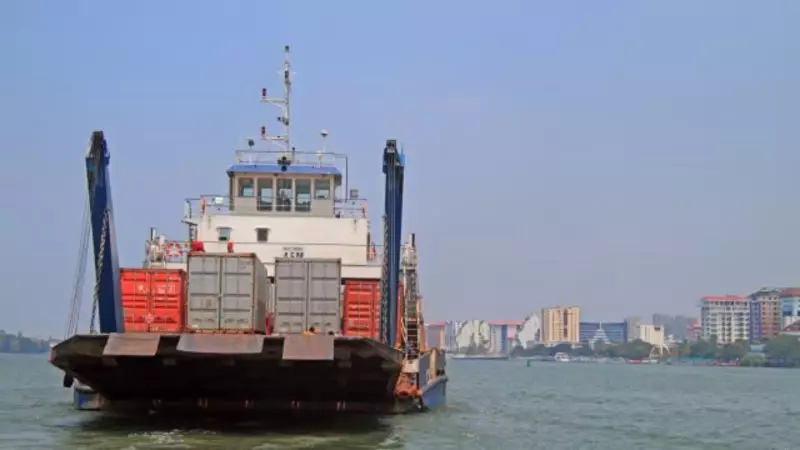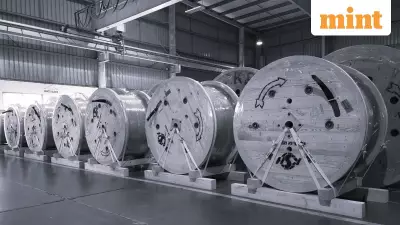
In the high-stakes arena of global trade, India's industrial policy has become the unexpected centerpiece of the escalating US-China economic confrontation. As these two superpowers engage in increasingly aggressive trade measures, New Delhi finds itself at a critical crossroads with unprecedented opportunities and challenges.
The Global Chessboard: Where India Stands
The recent surge in US tariffs targeting Chinese imports, particularly in strategic sectors like electric vehicles and semiconductors, has created ripple effects across global supply chains. This development presents India with a unique window to position itself as an attractive alternative manufacturing hub and investment destination.
Manufacturing Momentum: India's Strategic Response
India's proactive industrial policy framework, including the successful Production Linked Incentive (PLI) schemes, has been gaining significant traction. These initiatives are strategically designed to boost domestic manufacturing capabilities while simultaneously attracting foreign investment displaced by US-China tensions.
The numbers speak volumes: Several multinational corporations have already begun diversifying their production bases away from China, with India emerging as a primary beneficiary. This trend spans across electronics, pharmaceuticals, and renewable energy sectors.
Navigating Diplomatic Complexities
While the economic opportunities are substantial, India faces the delicate task of balancing relations with both economic giants. The country must carefully calibrate its approach to maximize economic benefits without becoming entangled in broader geopolitical conflicts.
Key Strategic Considerations:
- Supply Chain Resilience: Building robust domestic supply chains that can withstand global disruptions
- Technology Transfer: Leveraging foreign partnerships for critical technology acquisition
- Export Diversification: Expanding market access beyond traditional partners
- Domestic Capacity: Strengthening indigenous manufacturing capabilities
The Road Ahead: Challenges and Opportunities
Despite the promising outlook, significant hurdles remain. Infrastructure gaps, regulatory complexities, and skill development requirements continue to pose challenges to India's manufacturing ambitions. However, the current global trade configuration offers an unprecedented opportunity to address these issues while capitalizing on shifting supply chains.
The success of India's industrial strategy will depend on several critical factors:
- Sustained policy consistency and implementation efficiency
- Rapid infrastructure development and logistics improvement
- Strategic partnerships with technology leaders
- Workforce skill development and training initiatives
- Balanced approach to international relations
As the US-China trade dynamics continue to evolve, India's ability to leverage its demographic dividend, growing market size, and strategic location will determine its position in the new global economic order. The coming years will be crucial in determining whether India can successfully transform this geopolitical opportunity into sustainable economic advantage.





